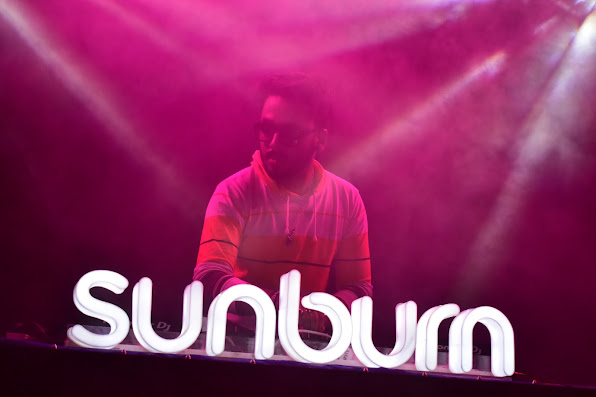What is Turntablism? And Different Parts of Turntable
Turntablism is the professional term for the art form of creating original music with a traditional plastic record spinning on a turntable. Turntablism originated most influentially from creative "disc jockeys" (DJs) who recorded music at dance parties in the late 1970s. DJing is considered to be one of the cornerstones of urban culture, which has been known as hip-hop master of ceremonies (MC-ing), breakdancing and graffiti art. Turntablist DJs use turntable techniques such as scratching or juggling beat to compose original musical works. Turntablism generally focuses more on turntable technology and less on mixing. Some turntablists want to be recognized as legitimate musicians who are able to interact and improvise with other performers. The Art Of Turntablism is the most commonly used slang term to describe hip-hop as a street life of scratching, rapping, breaking, or tagging. Scratching is actually just one of many sophisticated techniques for manipulating a spinning disk to alter its original music recording. We have a course for every beginner who wants to become a professional Disc Jockey, click here for more information.
The original DJ phonograph was a disk player with two turntables but only one audio output channel. Sliding levers, so-called crossfaders, were located underneath its controllers, allowing the DJ to seamlessly disappear from a music track during a recording while he faded into a track on the opposite turntable. Recorded discs were made of hard vinyl plastic, one of which was recorded with irregular grooves that represented the direct transmission of physical sound vibration. A fine needle attached to a freely moving arm traced this groove to capture and amplify microscopic vibrations. This is the musical instrument of turntablism. One of the pioneering DJ's first tricks was to apply pressure to a turntable to stop its rotation and create a silent "break" for a track. It took a long time to release the pressure and continue playing the song without altering its rhythm. Partygoers adapted their dancing to this newly introduced cadence of groundbreaking rhythms. Other DJs were quick to join in, and here's how to play short segments of music over and over again by pressing a turntable counterclockwise to the exact position where that segment began. When you release the pressure, it will play. You can also learn Turntablism Course in Mumbai.
The following different parts of a turntable
These are the basic parts of a standard, modern turntable. Familiarise yourself with them so you can study carefully how any turntable you’re considering buying deviates from the “norm”.
(1) 7” adaptor – Many 7” singles have a wide hole in the center, originally because such a hole was needed for them to work with the mechanisms in jukeboxes. This adaptor lets you play such records on your turntable. Typically long-lost on club turntables; take your own if this is important to you.
(2) Anti-skating control – Sets the anti-skating force, which is to counter the tendency of the rotating record to pull the cartridge towards the center of the platter. Setting it to the same value as…
(3) Counterweight – Used to balance the tonearm so it applies just the right amount of pressure to the cartridge and stylus. The correct “tracking weight” is usually two or three grams, but you see DJs reversing the counterweight, adjusting it to be as heavy as possible, and even attaching small weights like pennies to the top of their cartridges to help stop skipping.
(4) Cue lever – Lets you lift up and lower the stylus without touching it. Rarely if ever used by DJs, who prefer to lift the tonearm using the arm of the headshell.
(5) Headshell – The mount for the cartridge and stylus, has a little arm that is there to help you lift and place the assembly where you want it. Sometimes it is not a separate piece from the cartridge.
(6) Headshell holder – For storing a headshell that you’re not using. Can theoretically be useful if you use your own headshells for DJing (a good move!) so you can store those supplied by the venue. I’ve never seen anyone using it.
(7) Height adjuster ring – For adjusting the fulcrum height of the tonearm. Don’t mess with this unless you have good reason to and know what you’re doing – it’s unlikely to cause you any issues left as it is.
(8) Pitch adjuster – Essential for beat-mixing, because it lets you change the speed of the motor, and so the speed of the record, and so the tempo. Gets its name because speeding a tune-up or slowing it down also raises or lowers the musical pitch, +/-4% being about a semitone. Curiously, moving it up lowers the pitch, and down speeds it up. The scale printed on the turntable’s body allows you to see the percentage value of your change.
(9) Pitch adjuster range – Doubles the range of the pitch control, meaning you can slow down or speed up the record more, but at the expense of accuracy.
(10) Pitch reset button – Sets the pitch to zero no matter where the pitch adjuster is set – basically, disabling the pitch adjuster. Pressing it again returns the turntable to the currently set pitch.




Comments
Post a Comment